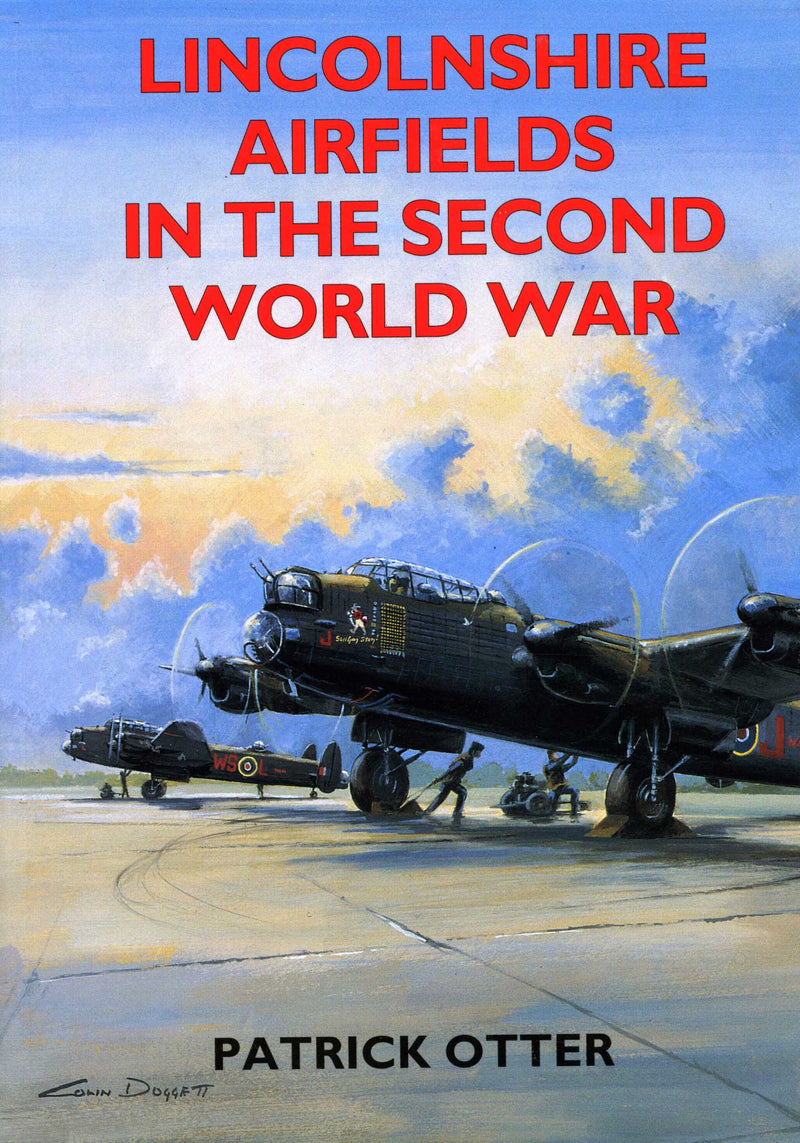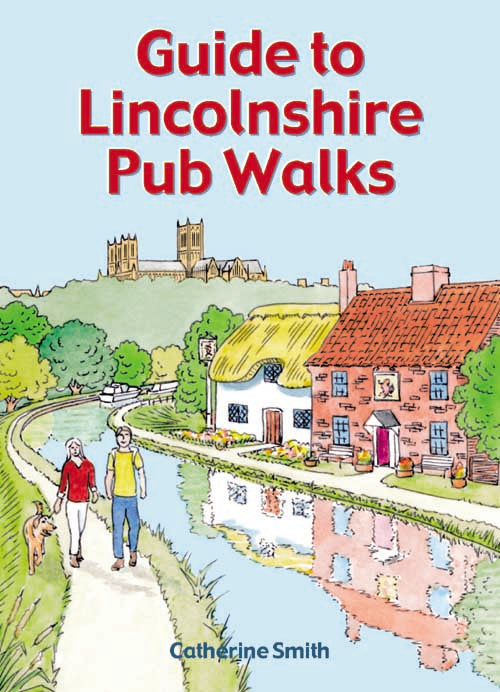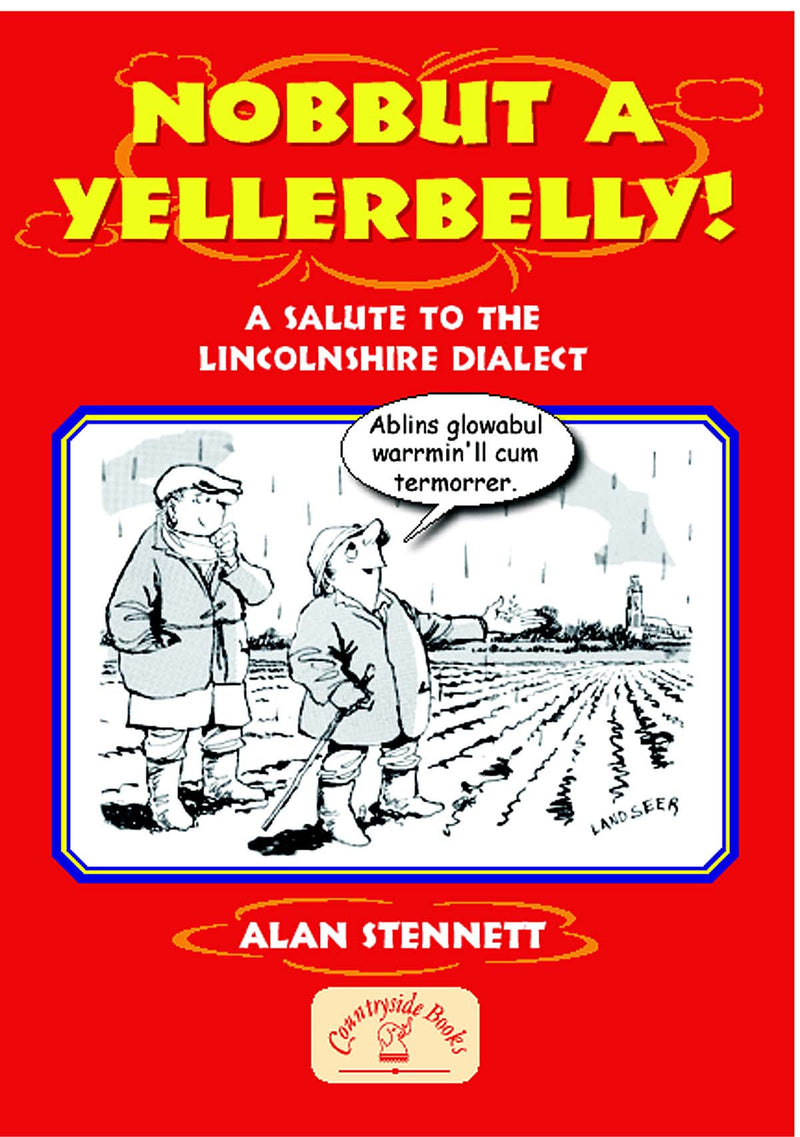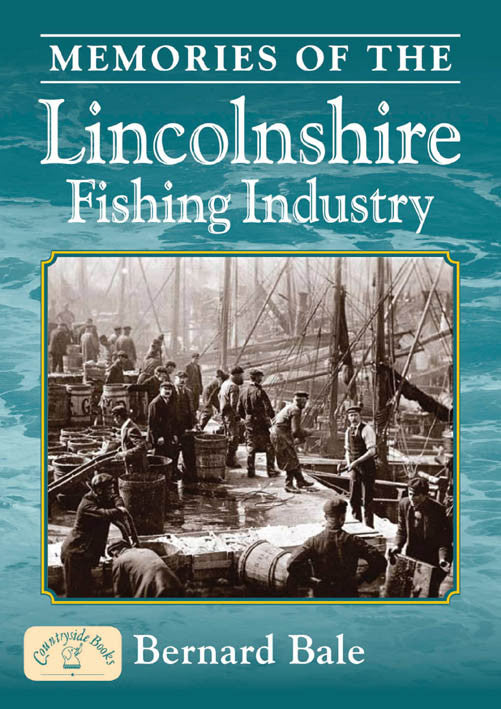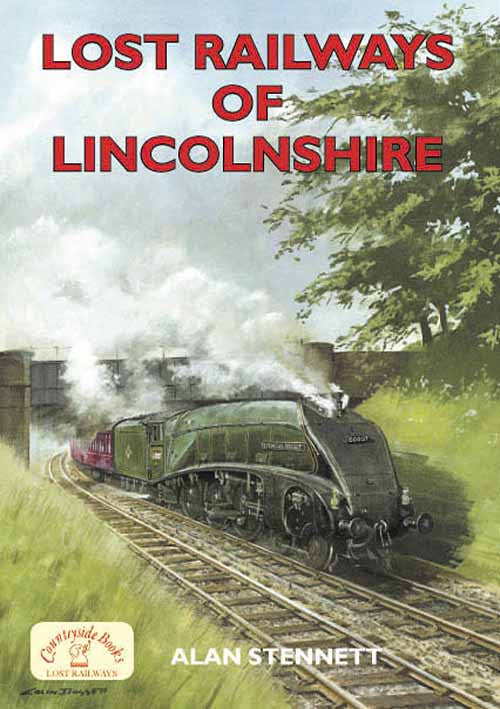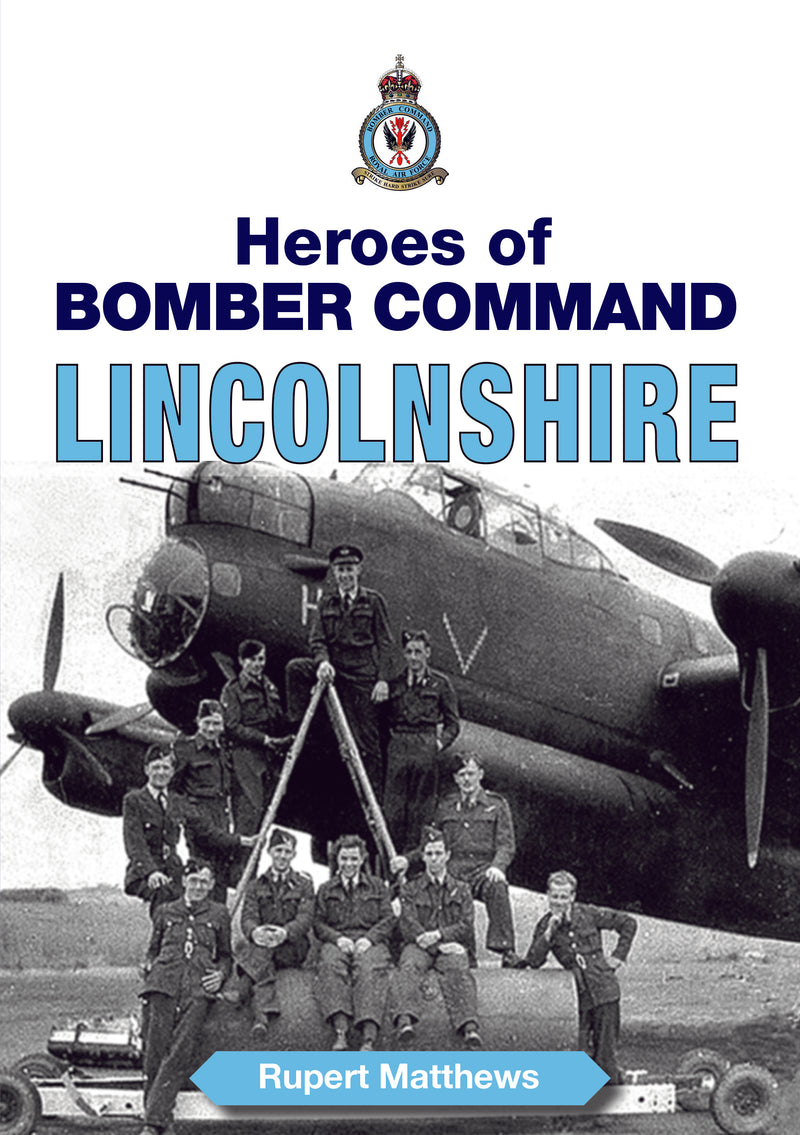{"id":9804323469,"title":"Lincolnshire Airfields in the Second World War","handle":"lincolnshire-airfields-in-the-second-world-war","description":"\u003cp\u003e\u003cb\u003eThere's a reason Lincolnshire earned the nickname 'Bomber County'\u003c\/b\u003e. Half a century ago, it was the very heartbeat of Britain's formidable air power. This action-packed book explores\u003cspan\u003e \u003c\/span\u003e\u003cb\u003eLincolnshire's rich RAF history - in particular the crucial role it played during the Second World War\u003c\/b\u003e.\u003cbr\u003e\u003c\/p\u003e\n\u003cp\u003eGet ready to travel back in time to the days when the skies above Lincolnshire never ceased to throb with the drone of departing and returning aircraft.\u003cbr\u003e\u003c\/p\u003e\n\u003cp\u003eIt might seem hard to imagine it now, but at the peak of wartime aviation,\u003cspan\u003e \u003c\/span\u003e\u003cb\u003eLincolnshire was home to some 46 military airfields\u003c\/b\u003e. These airfields covered an estimated 30,000 acres of the county, accommodating 80,000 RAF personnel, including squadrons from America, Australia, Canada and Poland.\u003cspan\u003e \u003c\/span\u003e\u003cb\u003eBritain's most famous airmen of all, the Dambusters, had their base here.\u003c\/b\u003e\u003cbr\u003e\u003c\/p\u003e\n\u003cp\u003eEach of those airfields is described here, and details of its wartime function given. Also highlighted are the many and varied aircraft that comprised the operational units. Numbered among them are the Lancaster, Manchester, Hampden, Wellington, Hurricane, Spitfire and Beaufighter.\u003cbr\u003e\u003c\/p\u003e\n\u003cp\u003eThese, and the young airmen who flew them, made an immense contribution to the defeat of the Third Reich, as Allied bombers and fighters flew increasingly larger raids across the North Sea and into the dangerous smoke-filled skies of occupied Europe.\u003cbr\u003e\u003c\/p\u003e\n\u003cp\u003e\u003cb\u003eLincolnshire Airfields in the Second World War tells their story.\u003c\/b\u003e\u003c\/p\u003e\n\u003cp style=\"text-align: justify;\"\u003eA5 (softcover) 288 pages\u003c\/p\u003e\n\u003cp\u003eAuthor: Patrick Otter\u003c\/p\u003e\n\u003cp\u003eISBN 9781853064241\u003c\/p\u003e","published_at":"2021-02-18T16:02:32+00:00","created_at":"2017-04-28T11:24:48+01:00","vendor":"Countryside Books","type":"Books","tags":["By region_Lincolnshire","Patrick Otter","Second World War","Second World War airfields"],"price":1499,"price_min":1499,"price_max":1499,"available":true,"price_varies":false,"compare_at_price":null,"compare_at_price_min":0,"compare_at_price_max":0,"compare_at_price_varies":false,"variants":[{"id":36683860173,"title":"Default Title","option1":"Default Title","option2":null,"option3":null,"sku":"","requires_shipping":true,"taxable":false,"featured_image":null,"available":true,"name":"Lincolnshire Airfields in the Second World War","public_title":null,"options":["Default Title"],"price":1499,"weight":200,"compare_at_price":null,"inventory_quantity":5,"inventory_management":"shopify","inventory_policy":"deny","barcode":"9781853064241","requires_selling_plan":false,"selling_plan_allocations":[]}],"images":["\/\/countrysidebooks.co.uk\/cdn\/shop\/products\/LincsAirfields.jpg?v=1518246319"],"featured_image":"\/\/countrysidebooks.co.uk\/cdn\/shop\/products\/LincsAirfields.jpg?v=1518246319","options":["Title"],"media":[{"alt":"Lincolnshire Airfields in the Second World War book cover. WW2","id":285021044867,"position":1,"preview_image":{"aspect_ratio":0.7,"height":2427,"width":1698,"src":"\/\/countrysidebooks.co.uk\/cdn\/shop\/products\/LincsAirfields.jpg?v=1518246319"},"aspect_ratio":0.7,"height":2427,"media_type":"image","src":"\/\/countrysidebooks.co.uk\/cdn\/shop\/products\/LincsAirfields.jpg?v=1518246319","width":1698}],"requires_selling_plan":false,"selling_plan_groups":[],"content":"\u003cp\u003e\u003cb\u003eThere's a reason Lincolnshire earned the nickname 'Bomber County'\u003c\/b\u003e. Half a century ago, it was the very heartbeat of Britain's formidable air power. This action-packed book explores\u003cspan\u003e \u003c\/span\u003e\u003cb\u003eLincolnshire's rich RAF history - in particular the crucial role it played during the Second World War\u003c\/b\u003e.\u003cbr\u003e\u003c\/p\u003e\n\u003cp\u003eGet ready to travel back in time to the days when the skies above Lincolnshire never ceased to throb with the drone of departing and returning aircraft.\u003cbr\u003e\u003c\/p\u003e\n\u003cp\u003eIt might seem hard to imagine it now, but at the peak of wartime aviation,\u003cspan\u003e \u003c\/span\u003e\u003cb\u003eLincolnshire was home to some 46 military airfields\u003c\/b\u003e. These airfields covered an estimated 30,000 acres of the county, accommodating 80,000 RAF personnel, including squadrons from America, Australia, Canada and Poland.\u003cspan\u003e \u003c\/span\u003e\u003cb\u003eBritain's most famous airmen of all, the Dambusters, had their base here.\u003c\/b\u003e\u003cbr\u003e\u003c\/p\u003e\n\u003cp\u003eEach of those airfields is described here, and details of its wartime function given. Also highlighted are the many and varied aircraft that comprised the operational units. Numbered among them are the Lancaster, Manchester, Hampden, Wellington, Hurricane, Spitfire and Beaufighter.\u003cbr\u003e\u003c\/p\u003e\n\u003cp\u003eThese, and the young airmen who flew them, made an immense contribution to the defeat of the Third Reich, as Allied bombers and fighters flew increasingly larger raids across the North Sea and into the dangerous smoke-filled skies of occupied Europe.\u003cbr\u003e\u003c\/p\u003e\n\u003cp\u003e\u003cb\u003eLincolnshire Airfields in the Second World War tells their story.\u003c\/b\u003e\u003c\/p\u003e\n\u003cp style=\"text-align: justify;\"\u003eA5 (softcover) 288 pages\u003c\/p\u003e\n\u003cp\u003eAuthor: Patrick Otter\u003c\/p\u003e\n\u003cp\u003eISBN 9781853064241\u003c\/p\u003e"}

